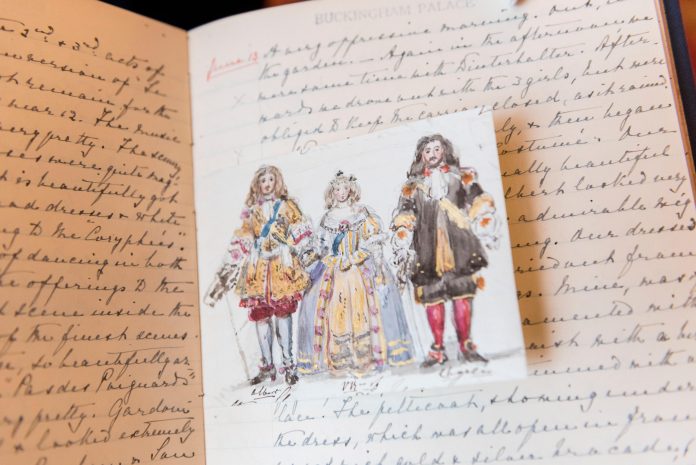
From medieval jousting to King Charles III’s penchant for hedgelaying, discover the hidden royal hobbies of our kings and queens
Words by Neil Jones
Royal hobbies: King Charles III
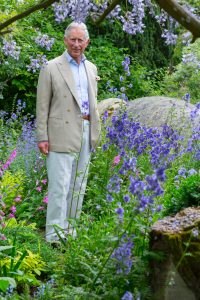
King Charles III is renowned for being a champion of organic, environmentally friendly farming, and for his green-fingered love of gardening. Less well known is his passion for traditional hedgelaying: a craft he has practised on more than 15 miles of hedging plants around his Highgrove estate in Gloucestershire. Hosting competitions there for the National Hedgelaying Society (of which he became patron when Prince of Wales) he has celebrated Britain’s wildlife-rich network of hedgerows as “this countryside’s single biggest nature reserve”; hedgelaying has also provided a welcome form of royal exercise!
Another of the King’s private royal hobbies went public in 1987 when a watercolour of a Norfolk farm scene by ‘Arthur George Carrick’ was selected for the prestigious annual Royal Academy of Arts’ Summer Show – ‘Carrick’ turned out to be none other than the then Prince Charles (Arthur George are two of his names and Earl of Carrick was among his titles).
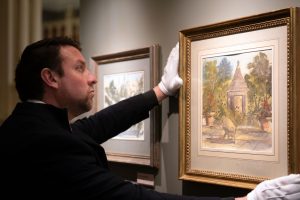
Charles took up watercolour painting in his early twenties “when I found photography less than satisfying”, he has said, explaining that painting seemed more alive, with more texture and depth, and he found it to be both relaxing and therapeutic. Sales of reproductions of His Majesty’s watercolours – typically landscapes and royal estates like Highgrove and Balmoral – have raised thousands of pounds for charity over the years.
Henry VIII
Hidden (and not-so-hidden) hobbies can reveal much about the characters of those who wear the crown. For example, Henry VIII loved athletic pursuits, especially jousting, which had some alarming consequences. At a joust in 1524 he forgot to lower the visor on his helmet, was struck above the right eye by his opponent’s “spear… at great jeopardy of death”, and suffered migraines ever after.
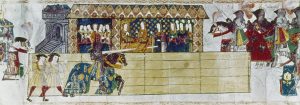
Worse still, at a jousting tournament at Greenwich Palace 12 years later, Henry was thrown from his horse, which then fell on top of him, and he was rendered unconscious for two hours. It has been suggested that the head trauma precipitated a personality change: from generous, hearty Hal to the vicious tyrant of his later years. Henry’s second wife, Anne Boleyn, blamed her miscarriage of a male child on her shock at the latest near-death incident and the King, now convinced she would never provide him with a son, turned against her. That same year she was executed and Henry’s marital merry-go-round gathered speed: the course of history quite possibly changed by a jousting accident.
Queen Elizabeth I and Mary, Queen of Scots
Queen Elizabeth I, Henry’s daughter by Anne, also pursued royal hobbies that gave concern for her safety, riding horses hard and fast over long distances. Ever competitive, she sought to outdo her cousin and rival Mary, Queen of Scots, in more delicate pursuits like playing the virginals (a keyboard instrument of the harpsichord family) and dancing, once asking a Scottish ambassador which of the two queens performed best. He remained diplomatically non-committal.
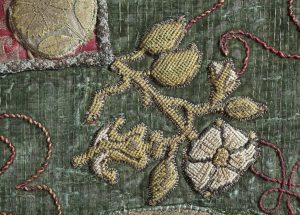
After Mary was obliged to abdicate the Scottish crown in 1567 and was kept a captive by Elizabeth, she would while away many hours with needlework, remarking that “the diversity of the colours made the work seem less tedious”. Rare surviving panels embroidered by Mary and the women around her include examples displayed at the Palace of Holyroodhouse in Edinburgh and Oxburgh Hall in Norfolk.
But look closer amid the conventional motifs of animals and foliage in the embroideries, and veiled symbols of Mary’s feelings and resistance to her imprisonment become apparent: a ginger cat (representing red-headed Elizabeth) toying with a mouse (Mary). More sinisterly: a grapevine and a pruning knife – alluding to Mary’s rival claim to the English throne and suggesting the fruitless branch of the Tudor tree (childless Elizabeth) should be cut away, the point underlined with the Latin motto – “Virescit Vulnere Virtus” (Courage Flourishes by Wounding). Mary’s involvement in treasonable plots eventually saw her beheaded in 1587.
Charles II
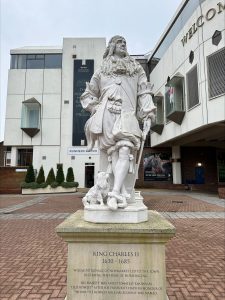
Yet the fruit of the Stuart tree, Mary’s son James, succeeded to the English throne, following Elizabeth’s death in 1603. One of the standout passions of the Stuarts was horse-racing and, while it was James who first recognised the potential for the open heath at Newmarket in Suffolk, it was his grandson Charles II who really made it the spiritual home of the so-called ‘sport of kings’.
The Merry Monarch offered trophies and purses to encourage breeders to improve the quality of horses, and his own favourite stallion Old Rowley is recalled in the name of the Rowley Mile course at Newmarket (not to mention having been a nickname for the libidinous King). Charles himself rode competitively, winning races in 1671 and 1675, and there is a statue of him, unveiled in 2017 by the Duchess of Cornwall (now the Queen), at the Rowley Mile.
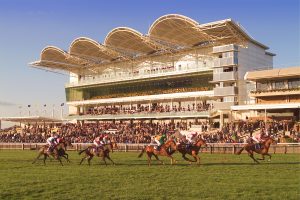
George III
Far less flamboyant in his royal hobbies was King George III, satirised as Farmer George for his ‘mundane’ preoccupations (the nickname was also a playful pun on the derivation of ‘George’ from a Greek word meaning ‘farmer’ or ‘earth-worker’). During his reign the agricultural revolution was in full swing and the King studied the latest thinking, even writing essays under the pseudonym Ralph Robinson for the Annals of Agriculture. What conversations might he have had with our pioneering organic farmer King Charles III?
Highly cultured, George III collected books, too, 65,000 of which were later given to the British Museum, as the nucleus of a national library.
Queen Victoria
George’s granddaughter, Queen Victoria, also had her nose in books – her own. A lifelong diarist, she published Leaves from the Journal of Our Life in the Highlands in 1868, about her visits to Scotland with Prince Albert. It became a bestseller and she gave royalties to charities and gifts “to people who are not rich”. More Leaves appeared in 1884, but Victoria was wisely deterred by family and counsellors from further publishing a “little memoir” of her servant John Brown, whose close relationship with the Queen had caused much scandalous gossip.
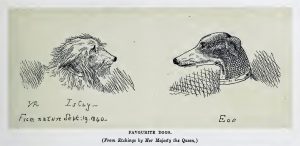
On safer ground, Queen Victoria is a royal predecessor as a landscape artist to our present King, having taken lessons from foremost professionals of her era. “Every turn you have a picture,” she enthused of Scotland as she filled her sketchbooks. Leafing through her artworks during a 2013 documentary, Royal Paintbox, Charles described examples as “really remarkable”.
George V
From books to albums: George V was a pioneer of stamp collecting, obsessively filling 328 red leather volumes. In 1904 he bought a rare Mauritius Post Office Two Pence Blue for £1,450, a world-record price for an individual stamp at the time, leading an unsuspecting courtier to ask the King if he had heard how much some “damned fool” had paid? “Yes,” George replied. “I was that damned fool!”
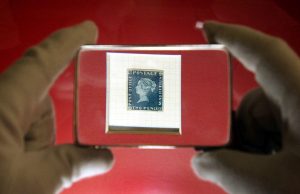
Although George was often ridiculed for his ‘dull’ hobby, he was astute. A Mauritius Blue could fetch £1 million-plus at auction today, while the privately owned Royal Philatelic Collection, added to by subsequent monarchs, has been estimated by experts to be worth at least £100 million.
Queen Elizabeth II
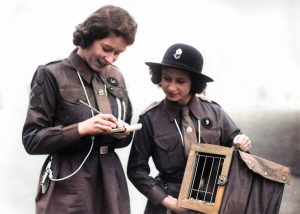
Another of George’s royal hobbies was that of pigeon fancier, like his father Edward VII and son George VI – a pastime inherited by the late Queen Elizabeth II too, though she was more renowned for her love of dogs and horses (even Charles II would have been in awe of her success as an owner and breeder of equines). Birds from the pigeon lofts at the Sandringham Estate won every major race in Britain, and the Queen was patron of the Royal Pigeon Racing Association. Away from the public spotlight, the Royal Family is full of surprises.
This is an extract, read the full feature on Royal Berkshire in the March/April 2024 issue of BRITAIN, available to buy here from Friday 9 February.
Read more:
The Suffolk Coast: The picturesque seaside resorts and rural villages at England’s eastern edge

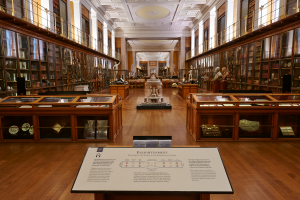




 © 2024
© 2024